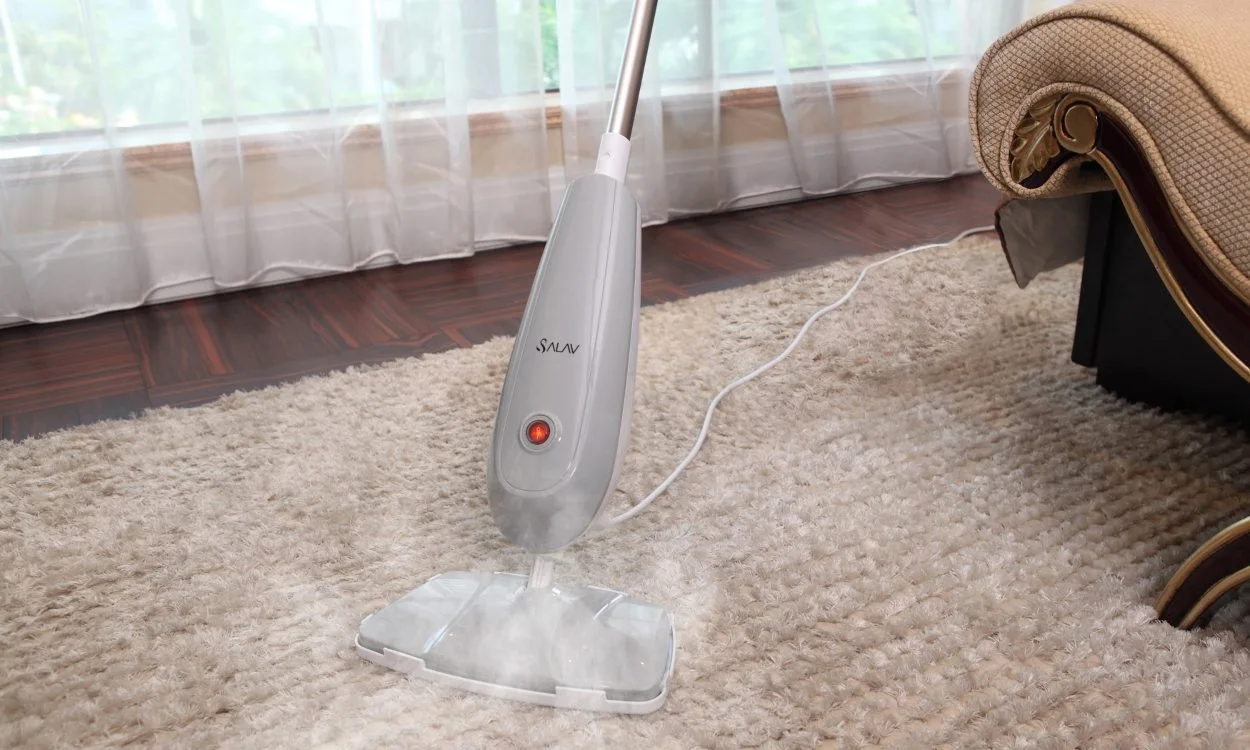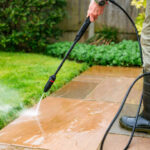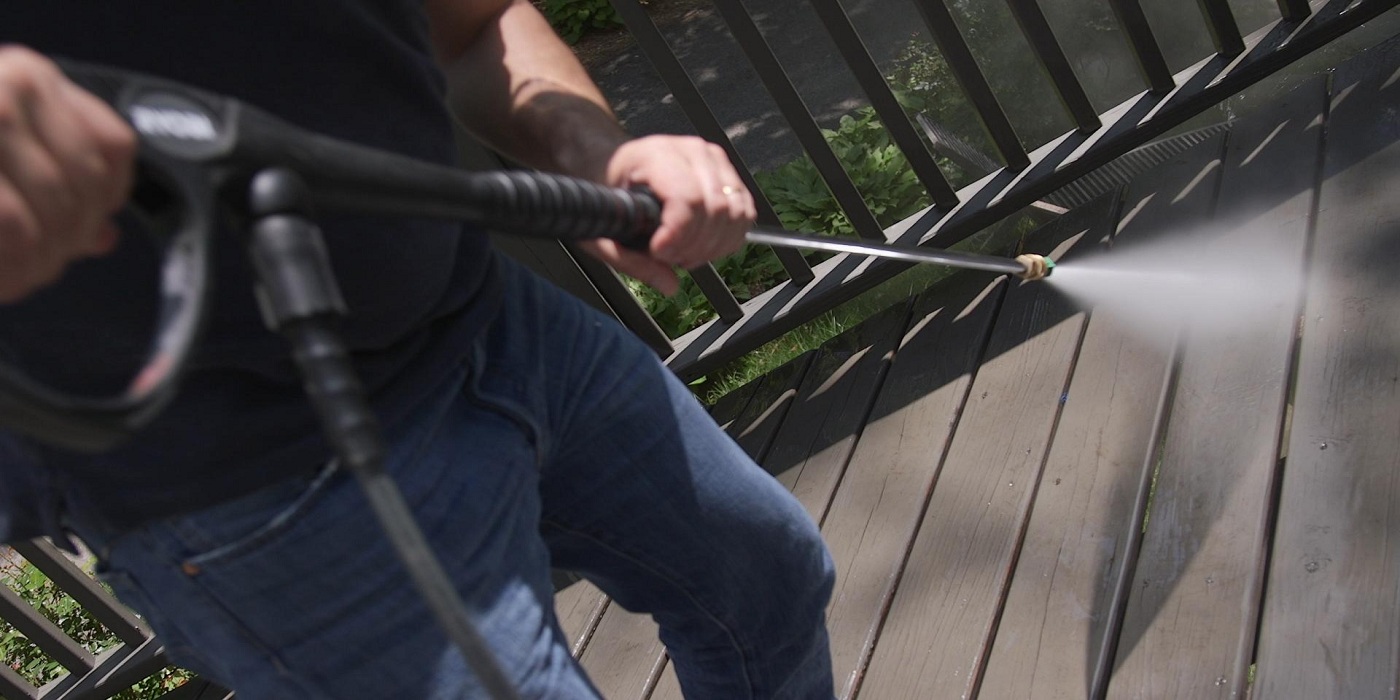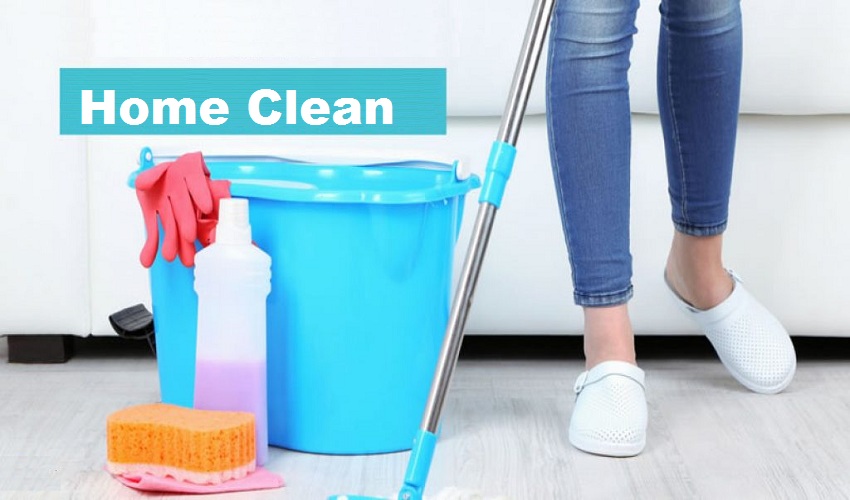Keeping your carpets clean and fresh is essential for maintaining a healthy and inviting home environment. Steam cleaning is a highly effective method that uses the power of steam to remove dirt, allergens, and stains. This guide will walk you through the process of steam cleaning carpets at home, providing tips and recommendations for achieving spotless results with your home carpet steam cleaner.
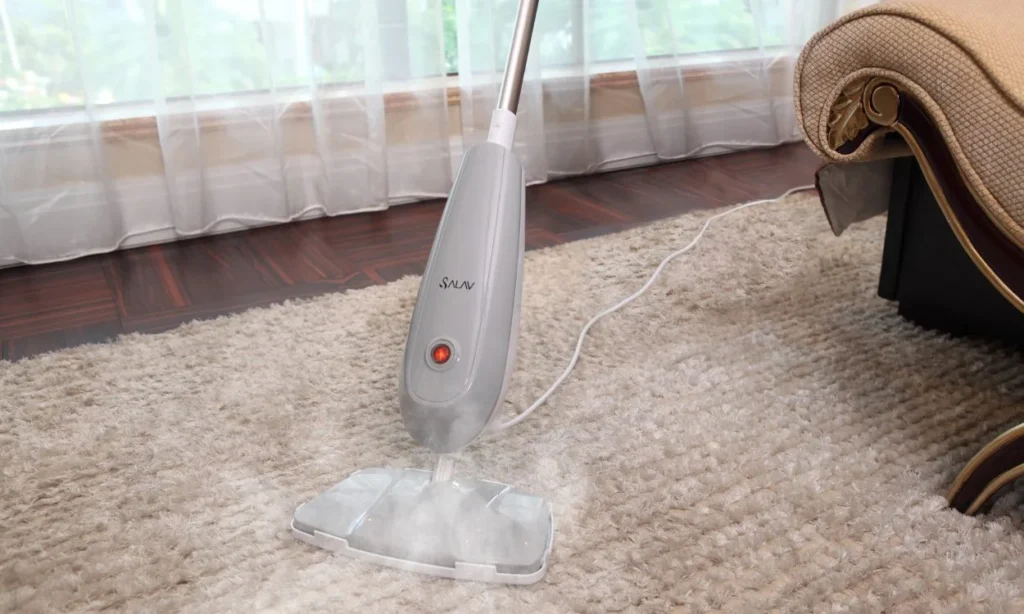
Content
1. Understanding Steam Cleaning Carpets at Home
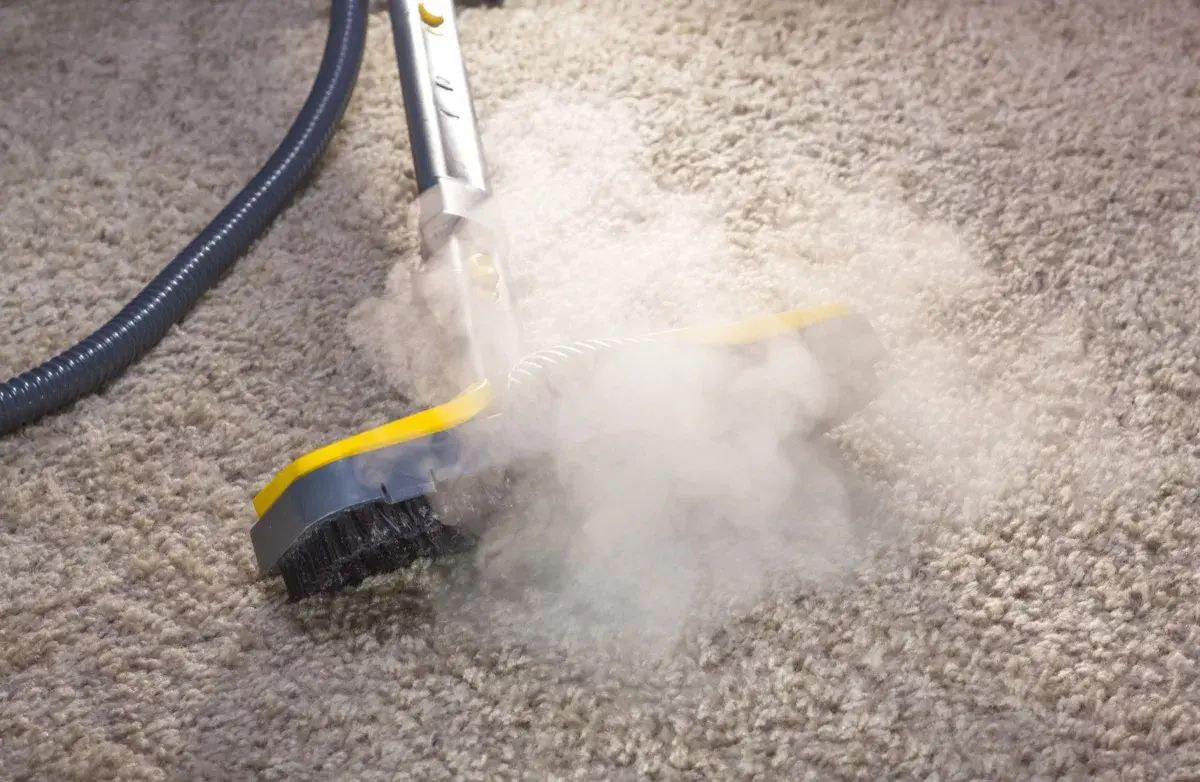
Steam cleaning carpets at home is a powerful technique that uses high-temperature steam to penetrate carpet fibers, lifting dirt and grime effectively. This method offers numerous benefits over traditional cleaning methods, including sanitizing carpets by killing bacteria, allergens, and dust mites. Using a home carpet steam cleaner allows you to achieve professional-quality results without the need for harsh chemicals.
2. Preparing Your Carpet for Steam Cleaning
Preparation is crucial for successful DIY steam carpet cleaning. Start by removing all furniture and items from the carpeted area to ensure you can clean every inch of the carpet. Next, vacuum thoroughly to remove loose dirt and debris. Vacuuming before steam cleaning helps the home carpet steam cleaner perform more effectively by preventing dirt from being pushed deeper into the carpet fibers.
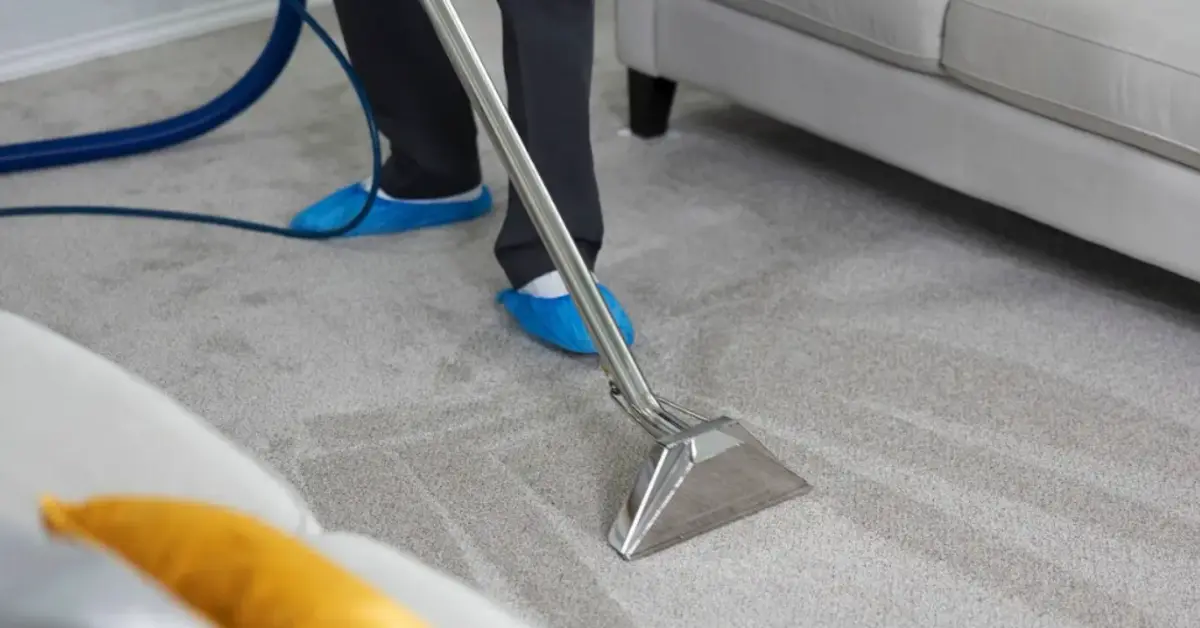
For stubborn stains or high-traffic areas, pre-treat these spots with a suitable stain remover. Apply the stain remover according to the product instructions and let it sit for a few minutes before moving on to steam cleaning.
3. Choosing the Best Steam Cleaners for Carpets
Selecting the right steam cleaner is essential for achieving optimal results. When shopping for carpet steam cleaning equipment, consider factors such as the type of steam cleaner, water tank capacity, and additional features. There are various types of steam cleaners available:
- Canister Models: Versatile and easy to maneuver, ideal for larger areas.
- Upright Models: Offer convenience with an all-in-one design, suitable for extensive cleaning.
- Handheld Units: Perfect for spot cleaning and smaller tasks.
Look for the best steam cleaners for carpets that offer a large water tank for extended cleaning sessions and fast heating times. Additional attachments like upholstery brushes and crevice tools can enhance your cleaning efficiency.
4. Preparing the Steam Cleaner
Before starting your DIY steam carpet cleaning project, prepare your steam cleaner according to the manufacturer’s instructions. Fill the water tank with clean, cold water and add any recommended cleaning solutions if necessary. Make sure to use only the suggested cleaning solutions to avoid damaging your carpet or the steam cleaner.
Once the tank is filled, assemble any necessary attachments and plug in the steam cleaner. Allow it to heat up fully before use. Most steam cleaners will indicate when they are ready, so keep an eye on any indicator lights or signals.
5. Steam Cleaning Process
Begin the steam cleaning process by testing the machine on a small, inconspicuous area of the carpet. This ensures that the steam cleaner is functioning correctly and will not damage or discolor your carpet. Once confirmed, proceed with cleaning in sections.
Use overlapping strokes to ensure even cleaning and move the steam cleaner slowly to allow the steam to penetrate deep into the carpet fibers. Follow the steam cleaning tips for home carpets provided by the manufacturer regarding technique and speed for the best results. Focus on high-traffic areas and spots that need extra attention.
6. Drying and Post-Cleaning Care
After completing the steam cleaning, it’s essential to allow the carpet to dry completely before resuming normal use. Open windows and use fans to increase air circulation, which will help speed up the drying process. Avoid walking on the carpet until it is fully dry to prevent new dirt from being ground into the fibers.
If cleaning multiple rooms or large areas, consider starting with one room and allowing it to dry completely before moving on to the next. This approach reduces the risk of creating damp spots that could potentially lead to mold growth.
7. Maintenance and Tips for Long-Term Results
To keep your carpets looking fresh and clean, establish a regular cleaning schedule that includes both vacuuming and periodic steam cleaning. Depending on your household’s traffic and needs, steam clean your carpets every 6 to 12 months.
In addition to regular cleaning, use area rugs in high-traffic areas to prevent excessive wear and immediately blot spills with a clean cloth to minimize staining. Regular maintenance of your carpet steam cleaning equipment is also crucial; follow the manufacturer’s guidelines for cleaning and maintaining your steam cleaner to keep it in optimal working condition.
8. Troubleshooting Common Issues
Even with the best carpet steam cleaning equipment, you might encounter some issues. If your steam cleaner is not producing steam, check that the water tank is filled and that the machine is fully heated. Residue or streaks left on the carpet may indicate overuse of cleaning solution or insufficient drying. To address lingering odors, ensure proper ventilation and consider using a carpet deodorizer after cleaning.
Conclusion
Steam cleaning carpets at home is an efficient and effective way to achieve a deep, thorough clean that revitalizes your living space. By following these steps, from preparation to maintenance, you can ensure your carpets remain fresh, clean, and free from allergens and dirt. Regular steam cleaning with the right home carpet steam cleaner not only enhances the appearance of your carpets but also contributes to a healthier home environment. Embrace these steam cleaning tips for home carpets to achieve the best results and enjoy a cleaner, more inviting home.

Elena Mohr is a dedicated home blogger who has been blogging for over six years. She covers everything home related. Elena also loves writing posts about her travels to Europe with her husband and two children.
